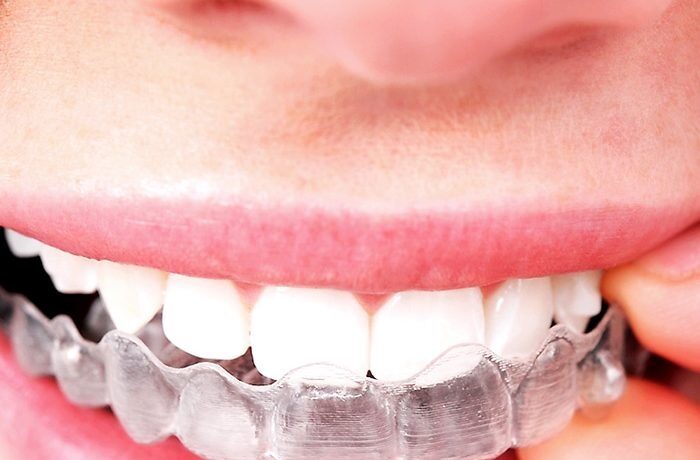In the realm of orthodontics, braces stand as a testament to the power of modern dentistry in transforming smiles. For decades, braces have been a staple solution for correcting misaligned teeth, providing individuals with not just aesthetic enhancements but also functional improvements. This comprehensive guide navigates through the nuances of braces, shedding light on their types, benefits, and the journey towards achieving a perfect smile.
Understanding Braces: Types and Components
Braces, at their core, are orthodontic devices designed to align and straighten teeth. They consist of several key components:
- Brackets: These are small, square-shaped pieces bonded directly to the front surface of each tooth.
- Archwire: The archwire connects the brackets and applies pressure to move the teeth into the desired position.
- Bands: In some cases, bands are placed around the back molars to anchor the braces.
- Elastics: These small rubber bands are used to apply additional force to specific teeth or jaw movements.
- Spacers: Before braces are applied, spacers may be used to create space between teeth for bands to be placed.
There are various types of braces available today, including traditional metal braces, ceramic braces, lingual braces, and clear aligners. Each type offers unique advantages and considerations, catering to different preferences and treatment needs.
Benefits of Braces: Beyond Aesthetics
While the aesthetic benefits of braces are often emphasized, their impact extends far beyond cosmetic enhancements. Some key benefits include:
- Improved Oral Health: Straighter teeth are easier to clean, reducing the risk of plaque buildup, tooth decay, and gum disease.
- Enhanced Bite Function: Properly aligned teeth promote better bite function, reducing strain on the jaw and preventing issues such as temporomandibular joint (TMJ) disorders.
- Speech Improvement: Correcting dental misalignments can improve speech clarity and pronunciation.
- Boosted Confidence: A straighter smile can significantly boost self-esteem and confidence, leading to more positive social interactions and improved mental well-being.
The Braces Journey: What to Expect
Embarking on the braces journey involves several stages, each contributing to the gradual transformation of your smile:
- Consultation and Treatment Planning: During the initial consultation, your orthodontist will assess your oral health, discuss treatment options, and create a personalized treatment plan tailored to your needs.
- Braces Application: The braces application process involves bonding brackets to your teeth and connecting them with the archwire. This procedure is typically painless but may cause temporary discomfort or soreness.
- Adjustment Visits: Throughout the treatment period, you’ll visit your orthodontist for periodic adjustments to tighten the braces and monitor progress.
- Maintaining Oral Hygiene: Proper oral hygiene is crucial during braces treatment to prevent issues such as cavities and gum disease. This includes regular brushing, flossing, and avoiding sticky or hard foods that could damage the braces.
- Braces Removal: Once your teeth have shifted into their desired positions, your orthodontist will remove the braces, revealing your beautifully aligned smile.
- Retention Phase: To maintain the results of your treatment, you may be required to wear retainers for a specified period to prevent teeth from shifting back to their original positions.
Conclusion
In conclusion, braces represent a transformative journey towards achieving a radiant smile and optimal oral health. With advancements in orthodontic technology and a variety of treatment options available, individuals of all ages can embark on this journey with confidence. Whether opting for traditional metal braces or discreet clear aligners, the benefits of braces extend far beyond aesthetics, paving the way for a lifetime of smiles and self-assurance. So, embrace the braces journey, and let your perfect smile shine bright for years to come.

